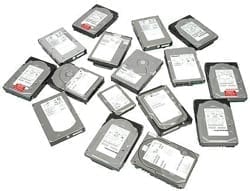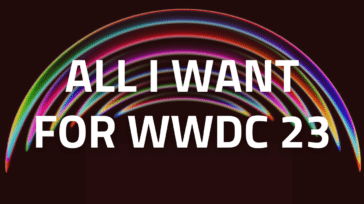 Three weeks ago, I thought the Thailand/hard drive situation was bad and had worst-case scenarios in consideration. A week later and the worst of the worst-case didn’t line up with what was becoming reality. It seems like there may be some improvement in drive supply by mid-December, but it’s still disastrous and supplies are not likely to return to previous “normal” levels for many months—possibly even as long as a year.
Three weeks ago, I thought the Thailand/hard drive situation was bad and had worst-case scenarios in consideration. A week later and the worst of the worst-case didn’t line up with what was becoming reality. It seems like there may be some improvement in drive supply by mid-December, but it’s still disastrous and supplies are not likely to return to previous “normal” levels for many months—possibly even as long as a year.
For those who haven’t been following our coverage of the problem, here it is in a nut shell.
First, Western Digital’s main production complex in Thailand (one that produces about 60% of WD’s output and roughly 18% of the overall world drive supply) was first inaccessible, then literally under water from the flooding. Adding to the problem, there are also many drive sub-component manufacturers also impacted by the flooding; the one most critical to the hard drive industry would be be Nidec.
Nidec happens to supply nearly 100% of the drive motors to drive manufacturers like Hitachi, Seagate, Toshiba, etc., in addition to Western Digital. Roughly 90% of the Nidec production was in this same region, meaning multiple facilities are either offline due to inaccessibility or under water. Alternate production facilities are being fired up and/or production increased at those unaffected, but the impact of losing a single source/single world supplier made what was already bad go beyond even the worst expectations.
This is an industry that is supposedly all about back ups; apparently they hardly take their own advice and now we’re literally paying the price. It’s really unbelievable to me, and I wonder if stockholders/boards of these companies will learn from the failure from allowing such oversight. Right now, though, the milk has already spilled and cleanup can’t even begin until that water recedes.
The one bright spot in all this are our OWC Mercury SSDs. We’ve shown that they’re a major upgrade over a platter-based hard drive when it comes to the overall performance they deliver to a system and, despite increased demand as of late, cost is down from a month ago and pretty stable.
Consumers and businesses are buying more, but the system builders really can’t bridge the cost difference between platter-based drives and SSDs (at least not yet), so NAND availability hasn’t been impacted yet. That means that while hard drive cost has skyrocketed over the past month, SSDs have edged lower. I do acknowledge that mass storage needs are not practical to replace with an SSD; compare the cost of a 2TB HD vs. cost for a high-capacity SSD. However, the cost-per-gigabyte of hard drives and SSDs are steadily growing closer.
By no means am I overlooking the human tragedy for the people of Thailand in this natural disaster. The impact on their lives is much more concerning than harder-to-find hard drives. What this disaster will do to the agriculture and food supplies in the region and even across Southeast Asia is unknown. My expertise, however, is on the drive aspect so that’s where I’ve focused my commentary.






